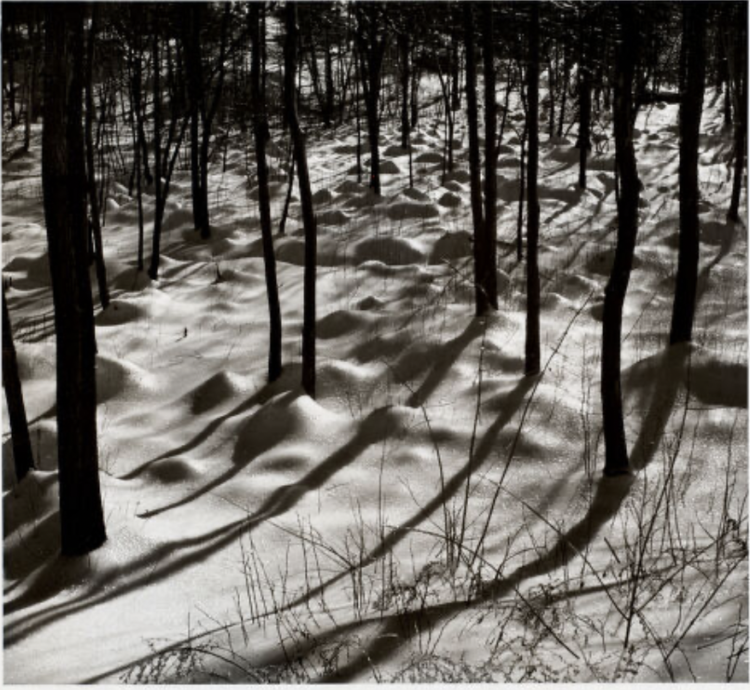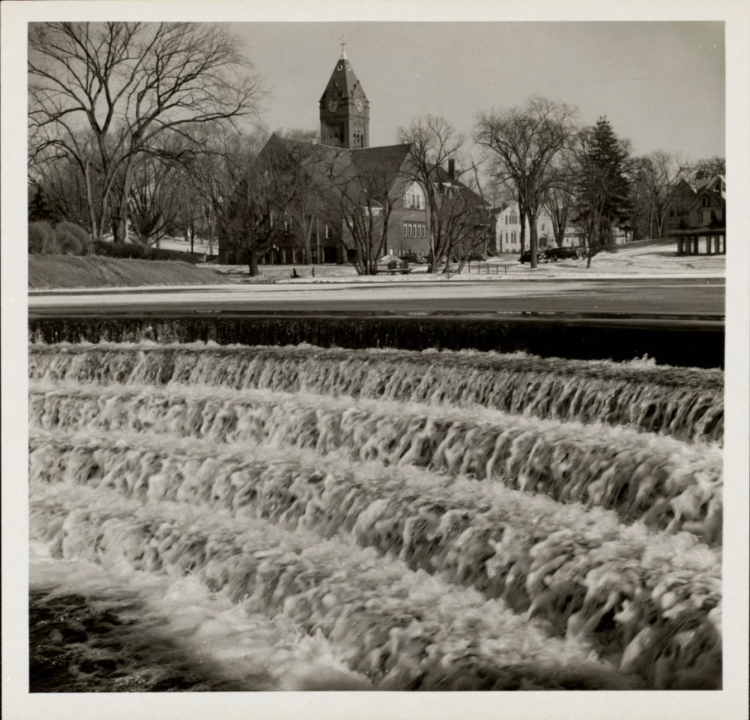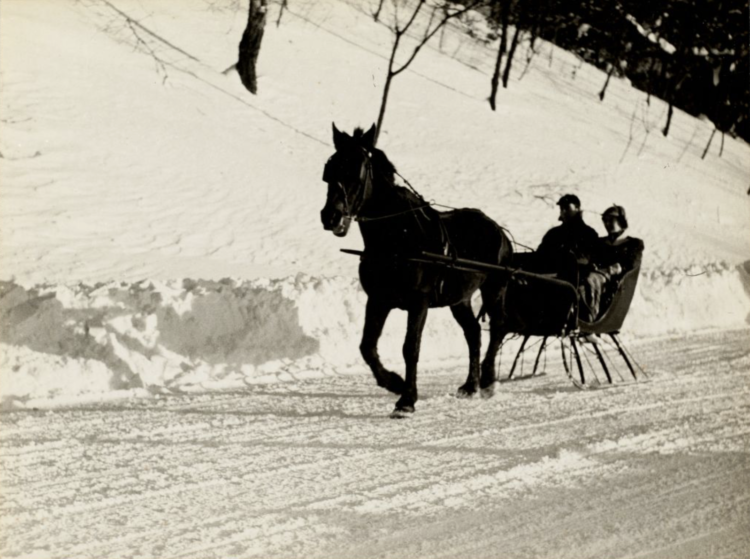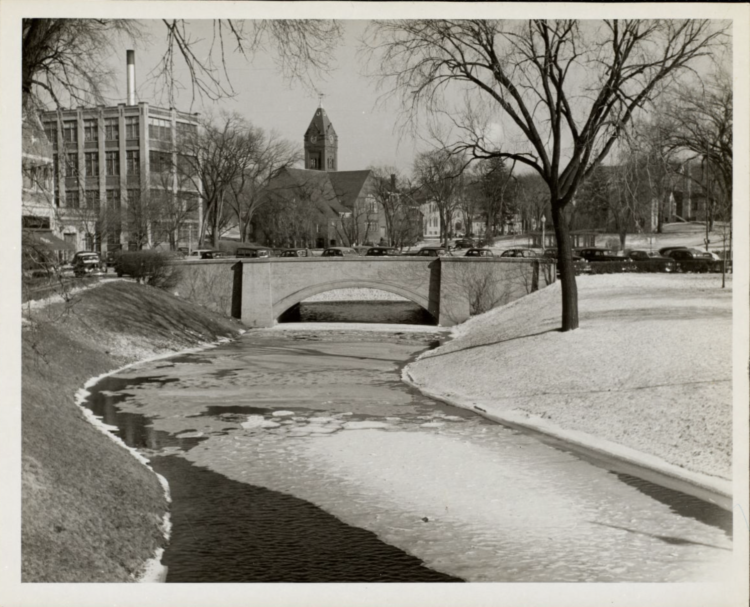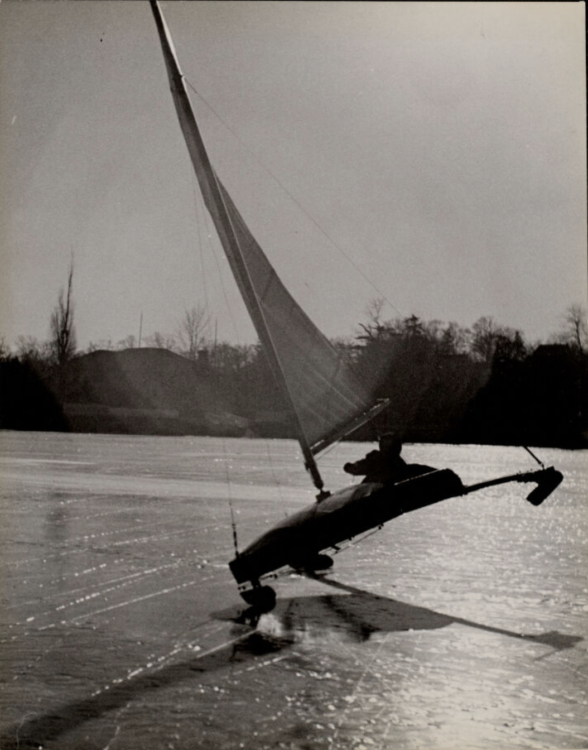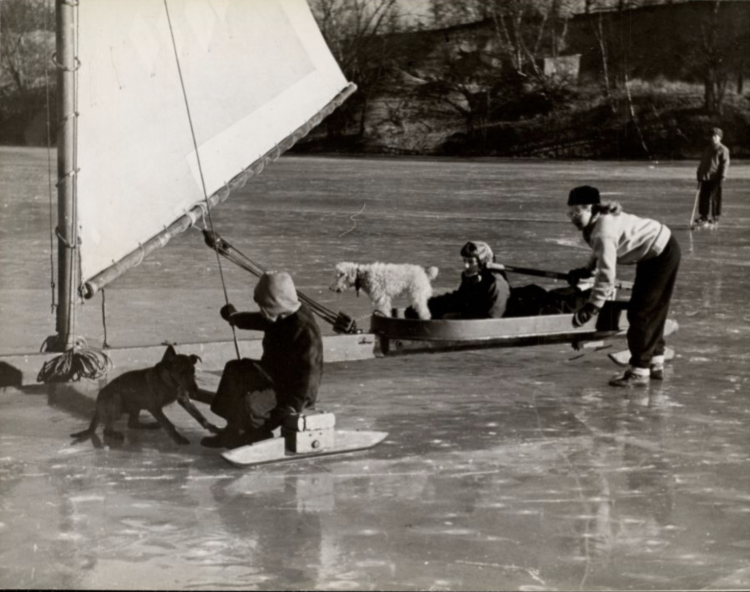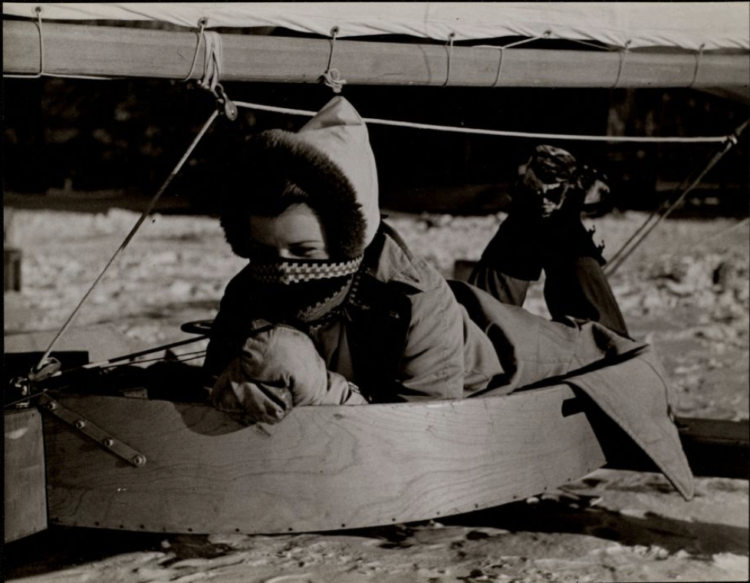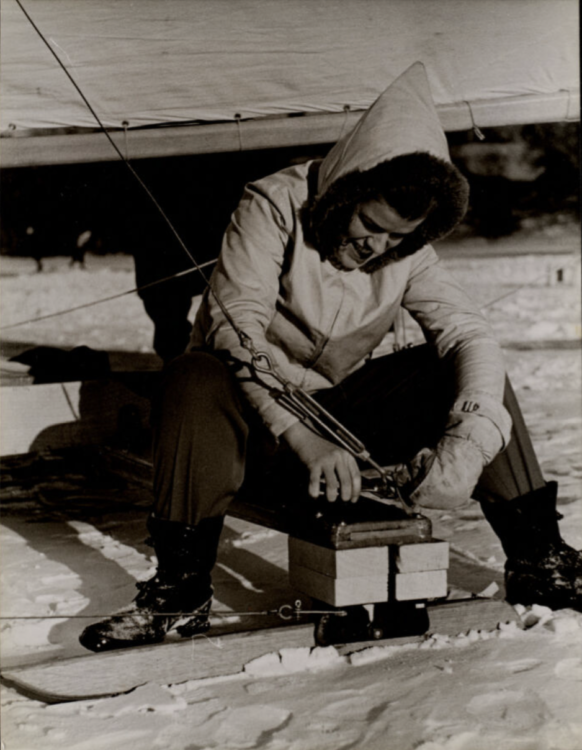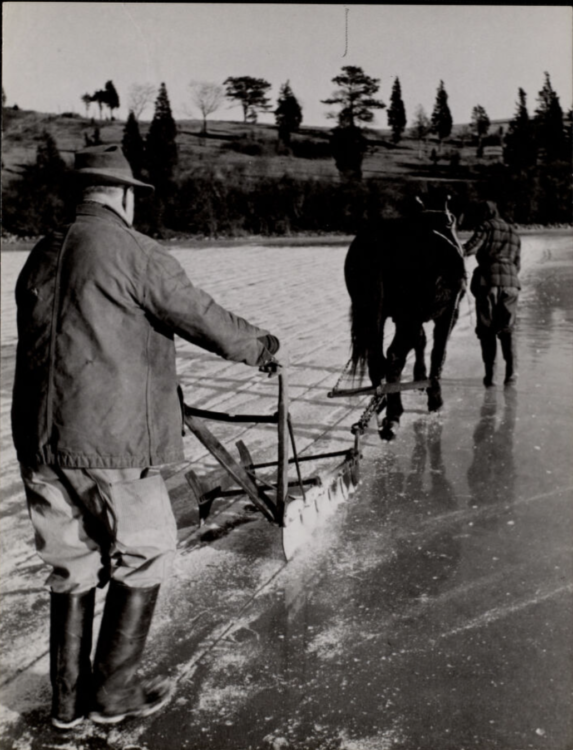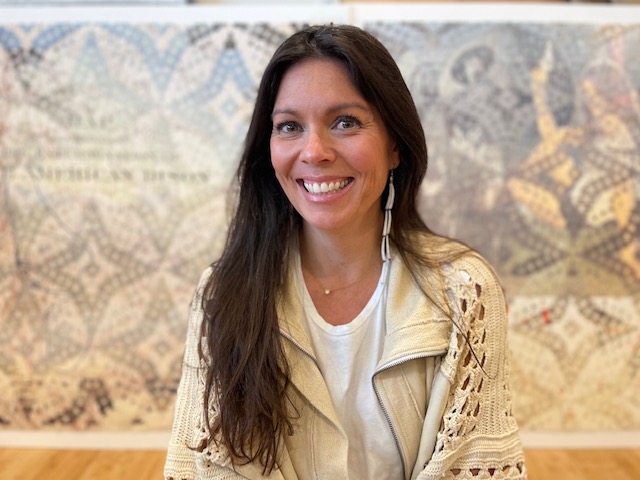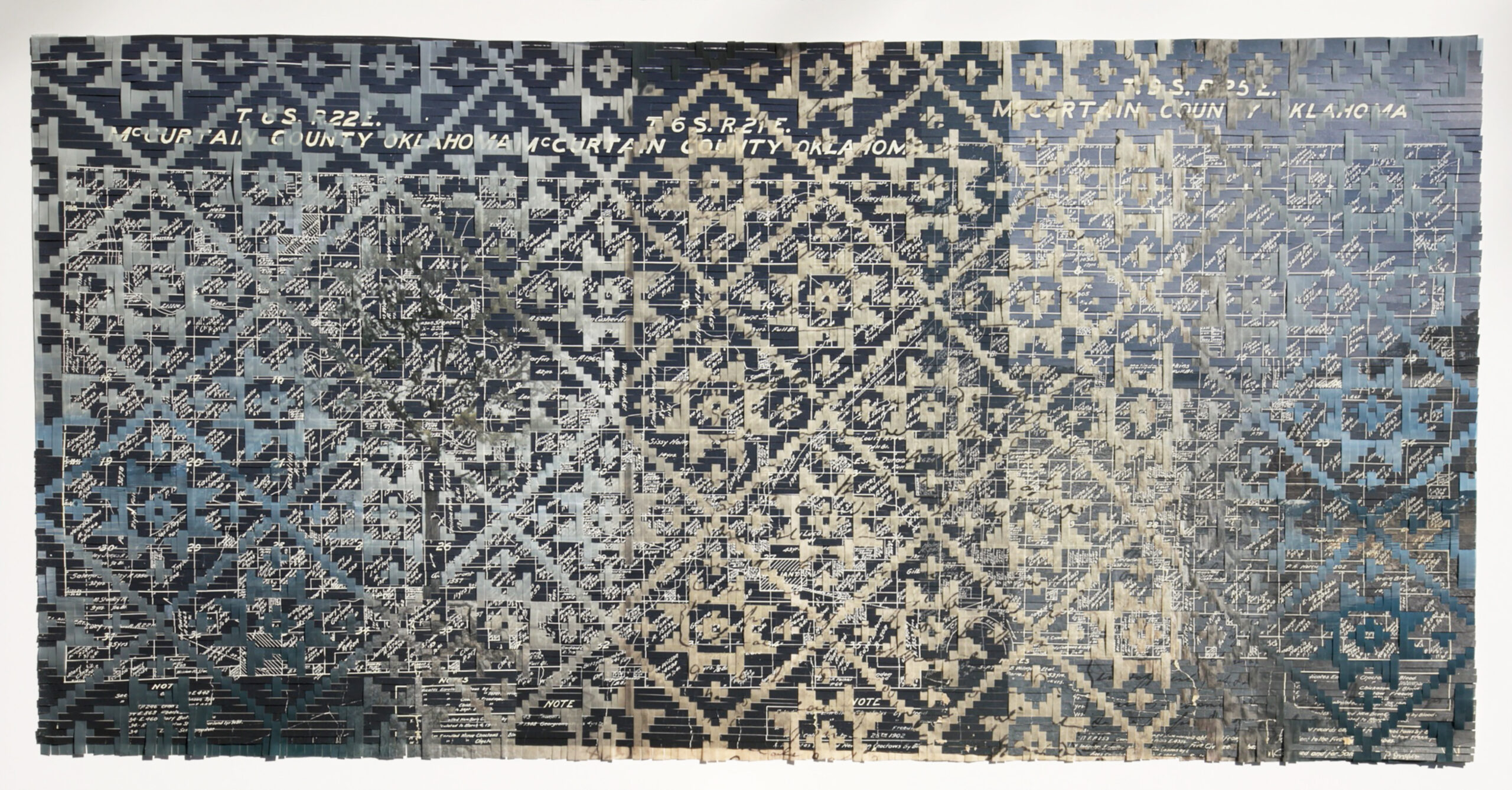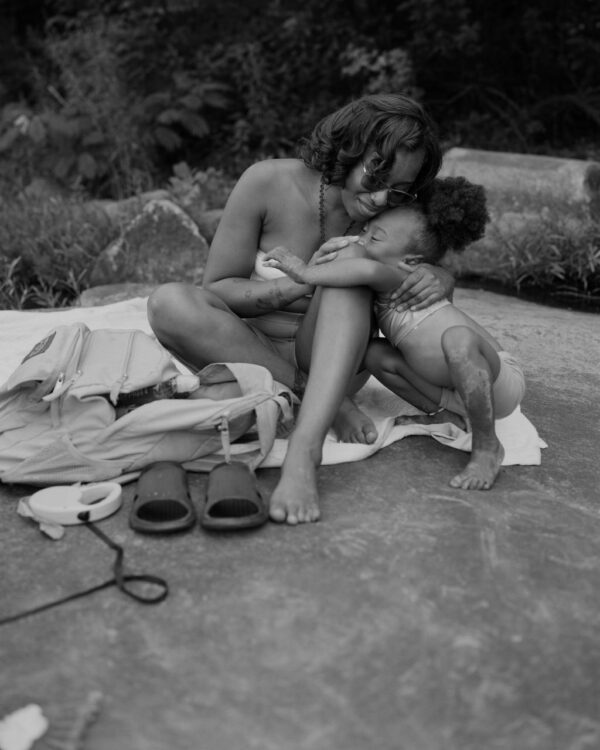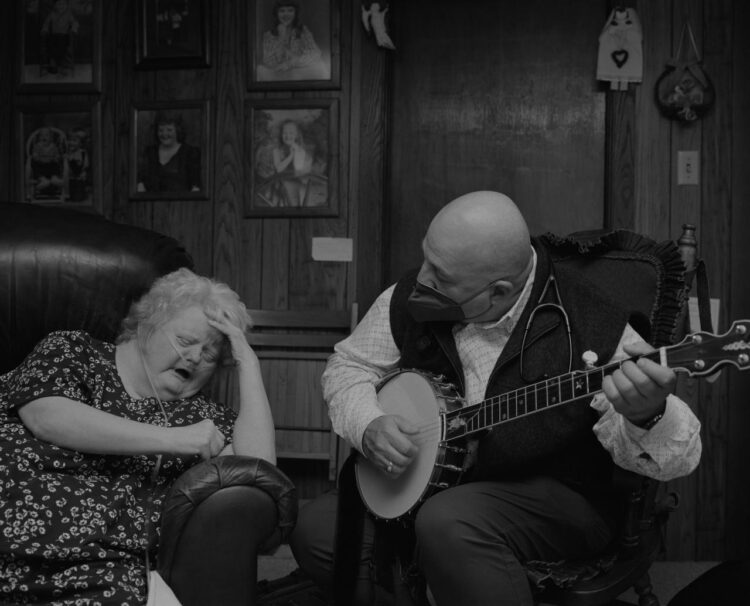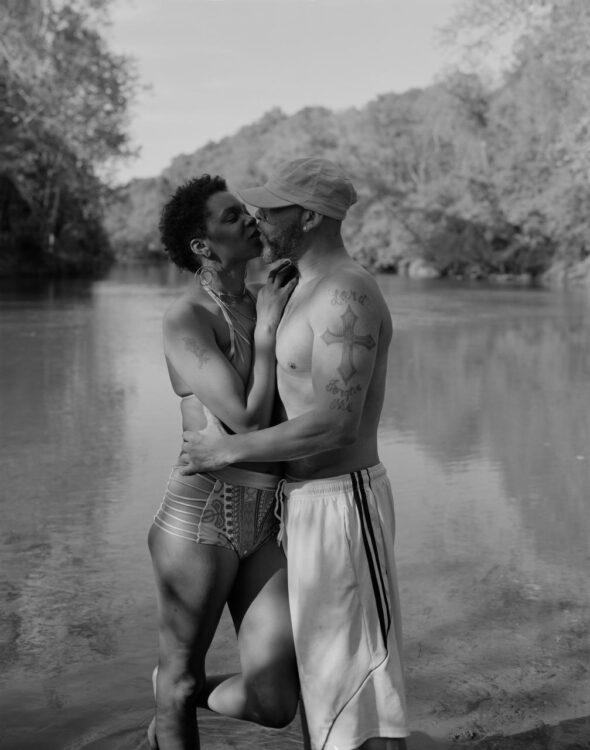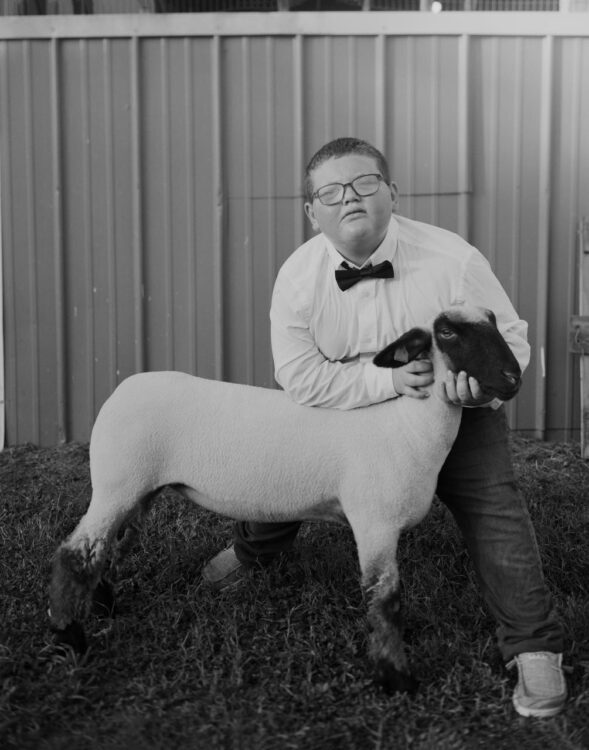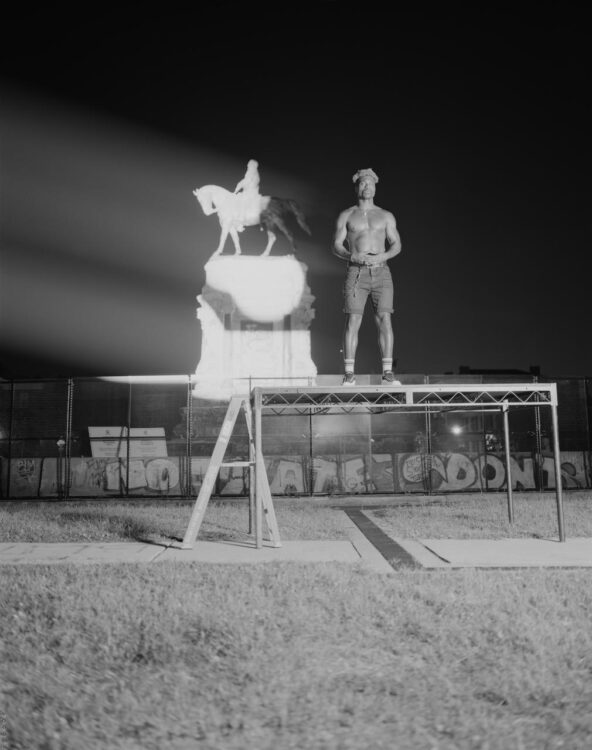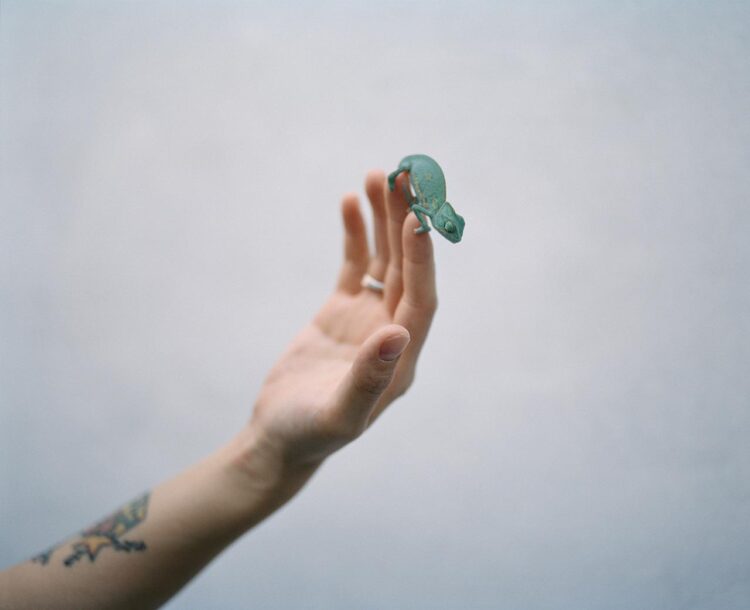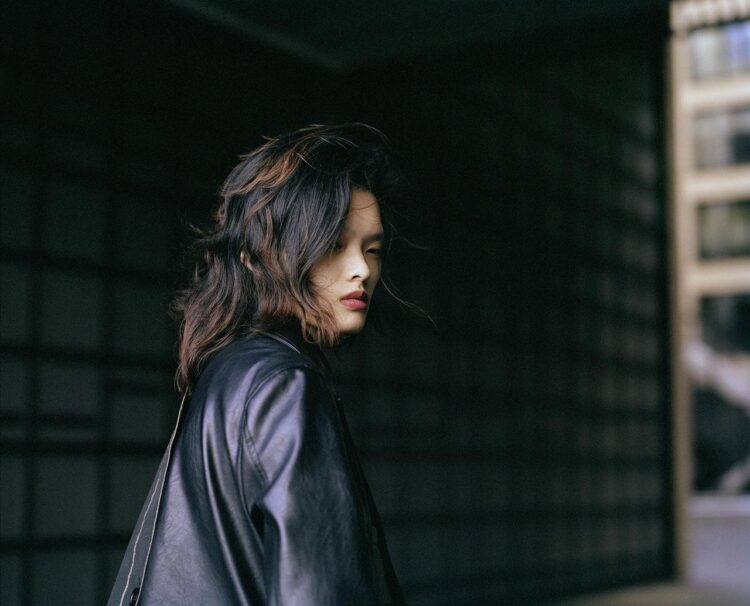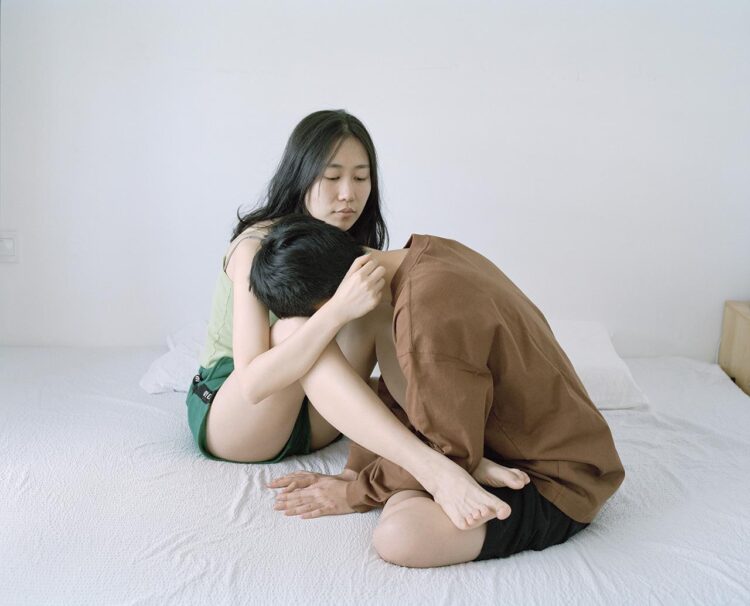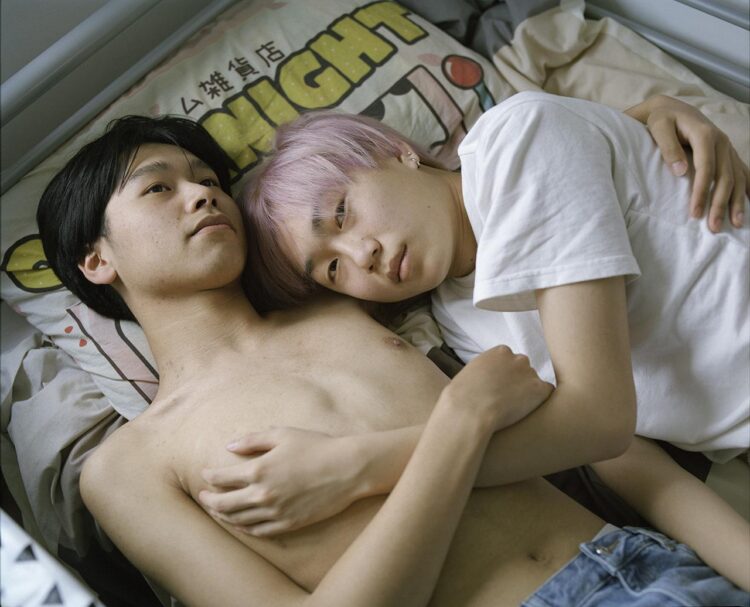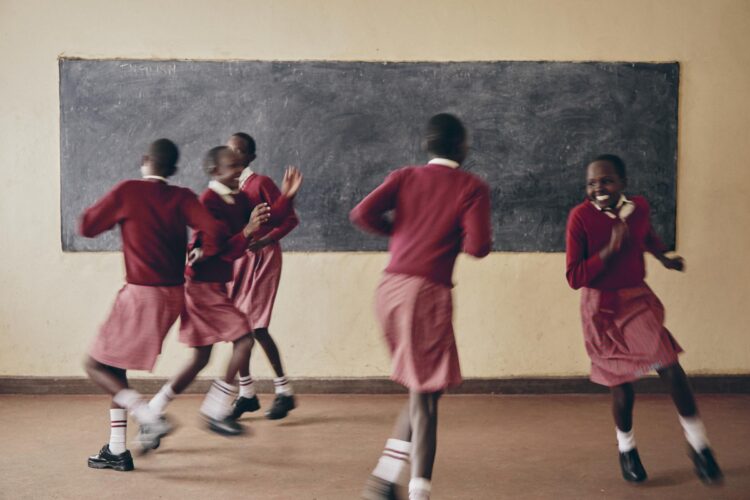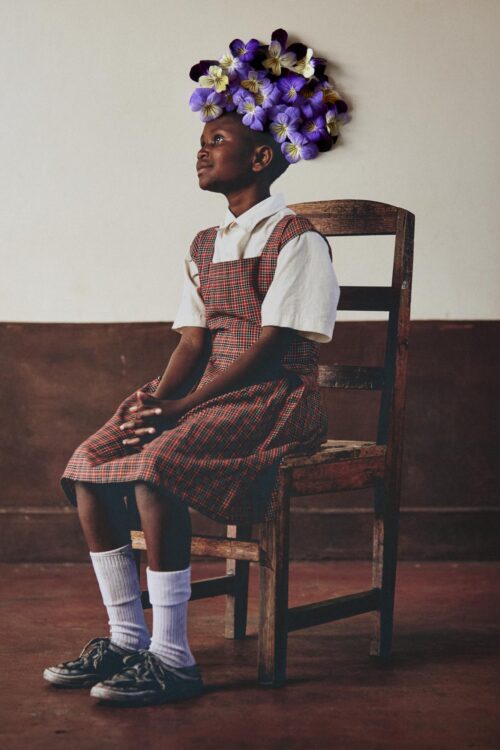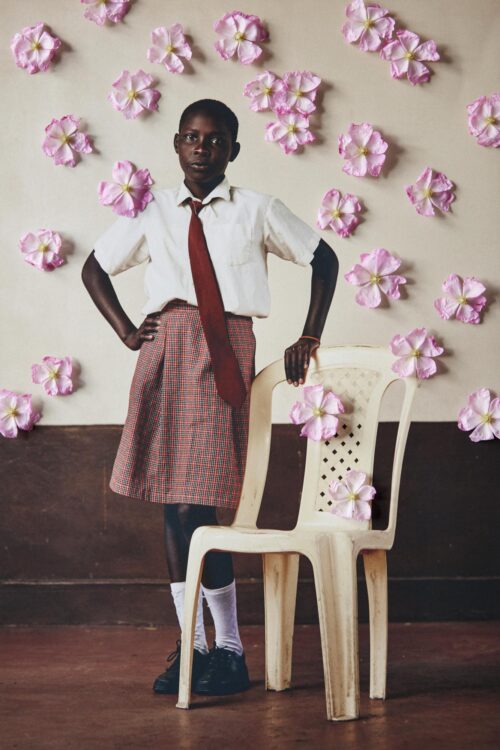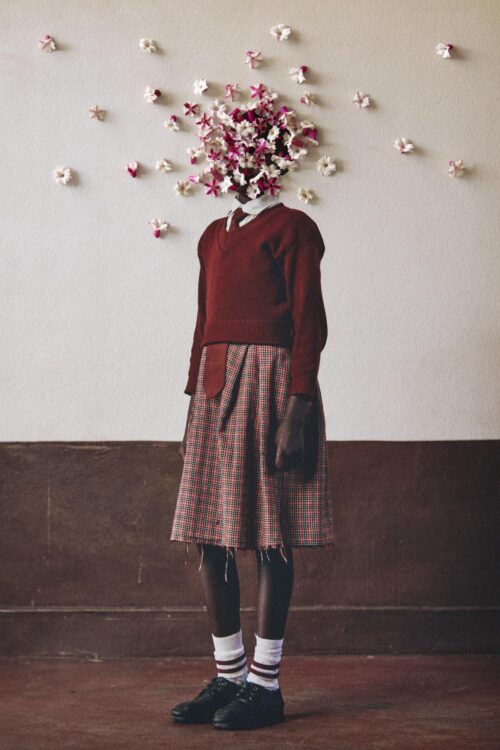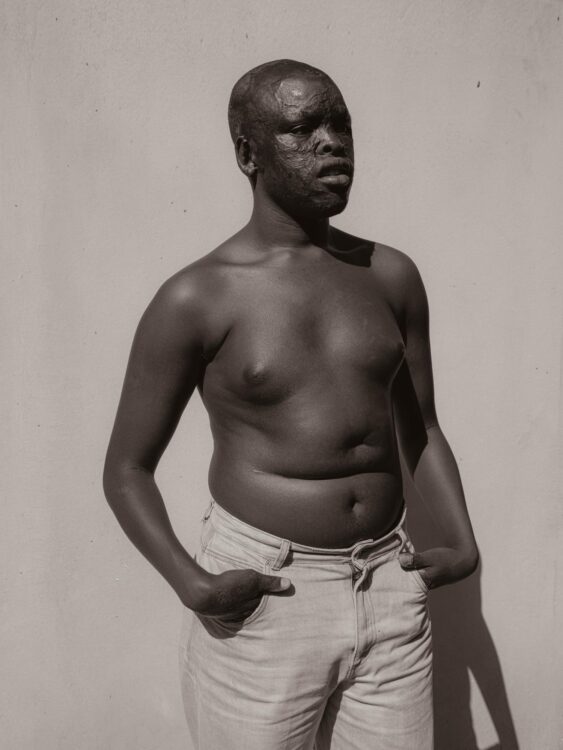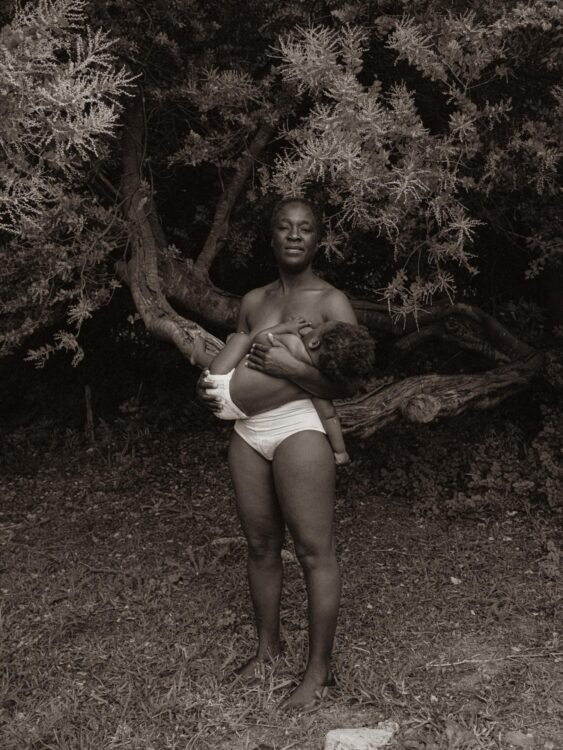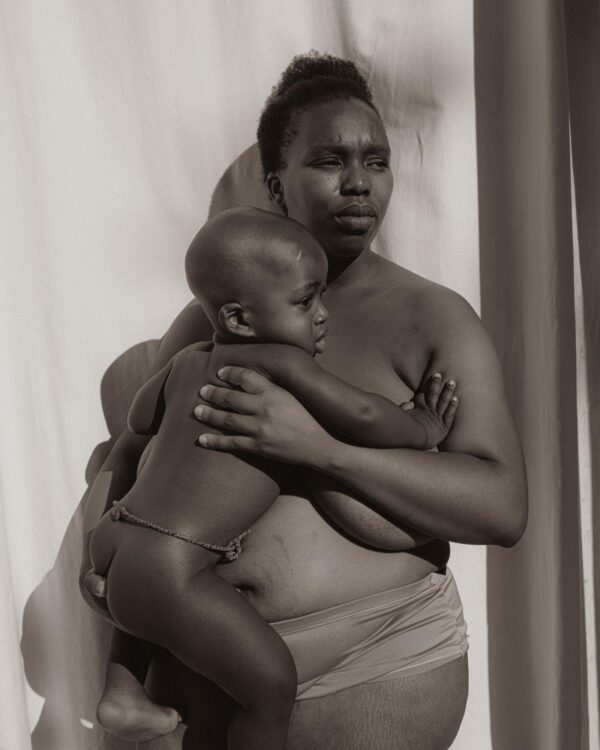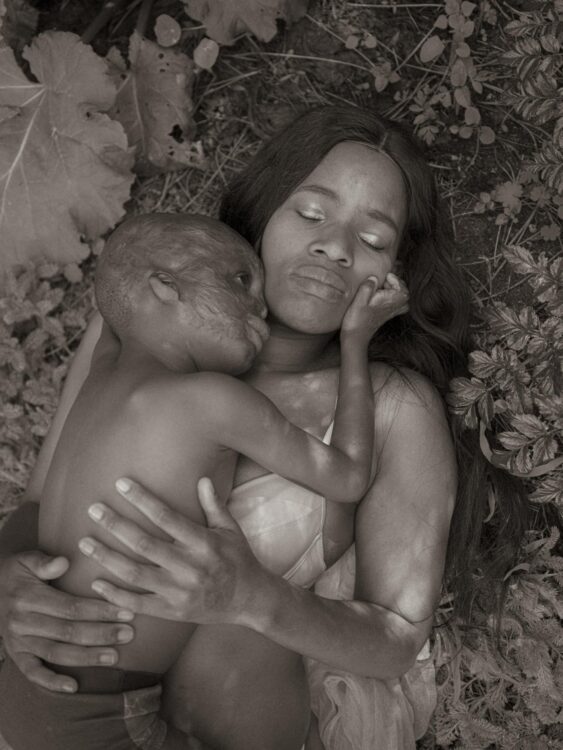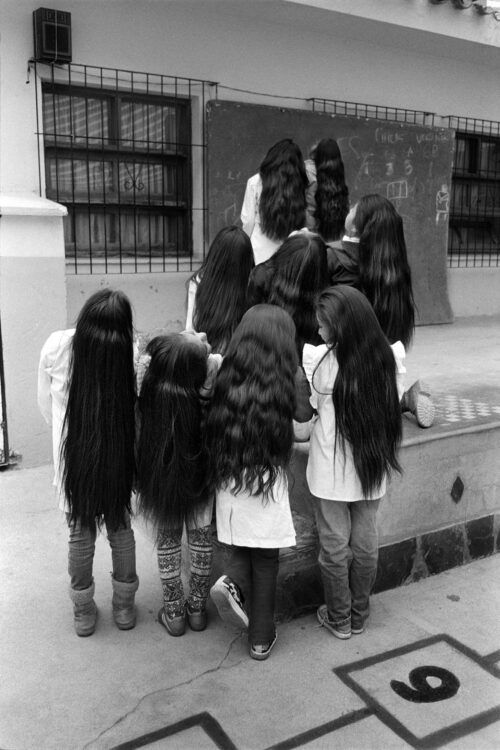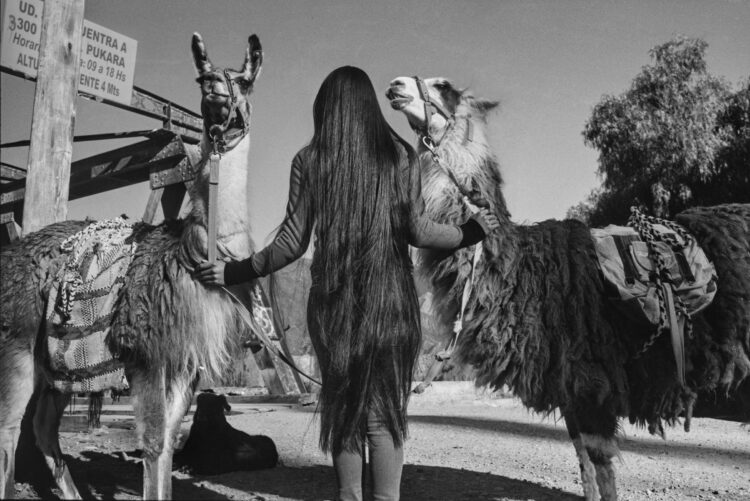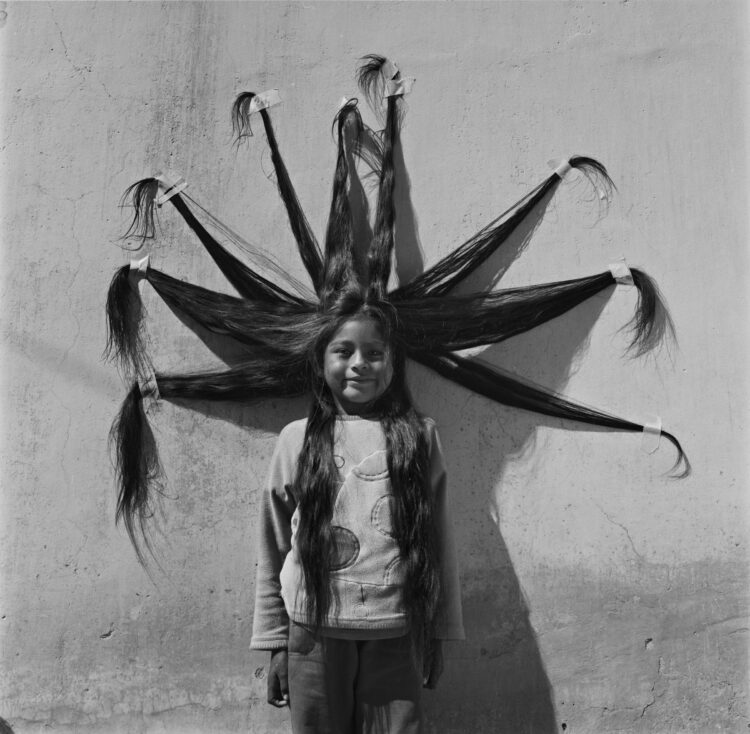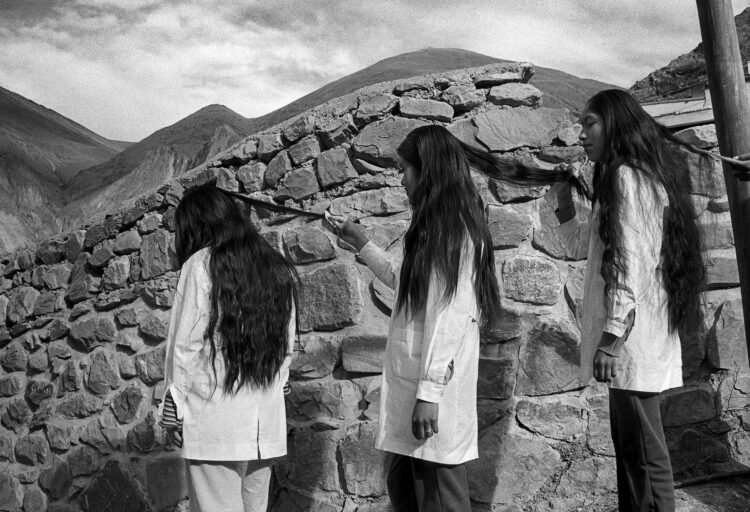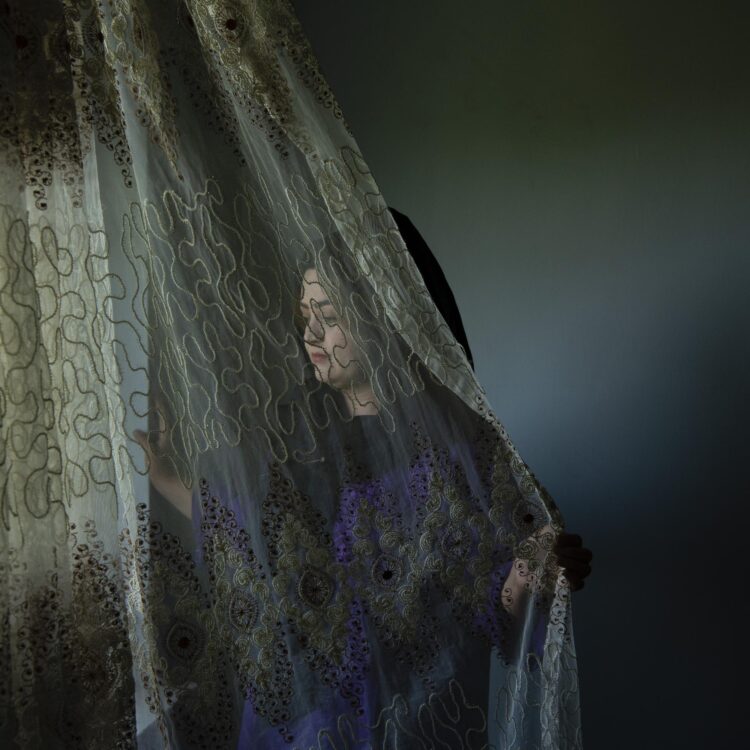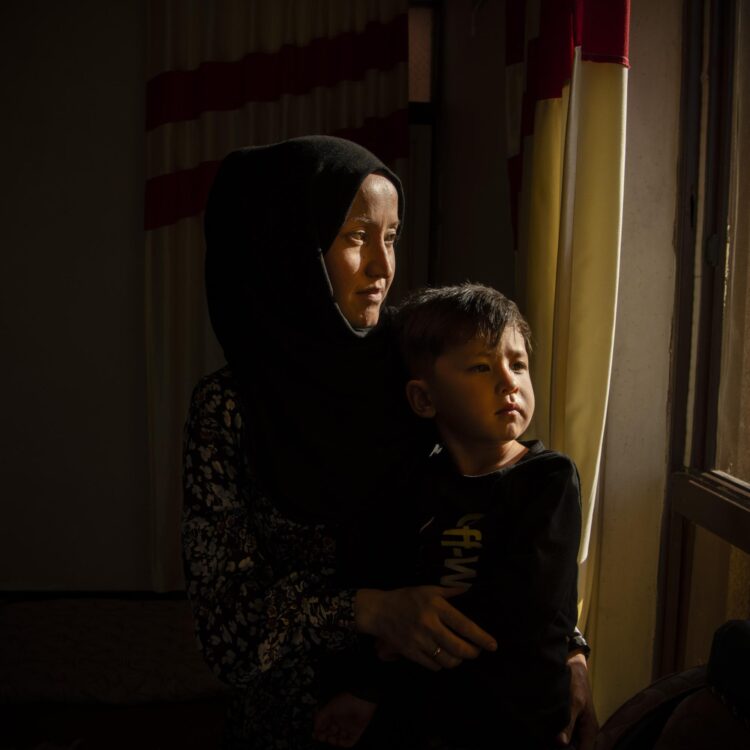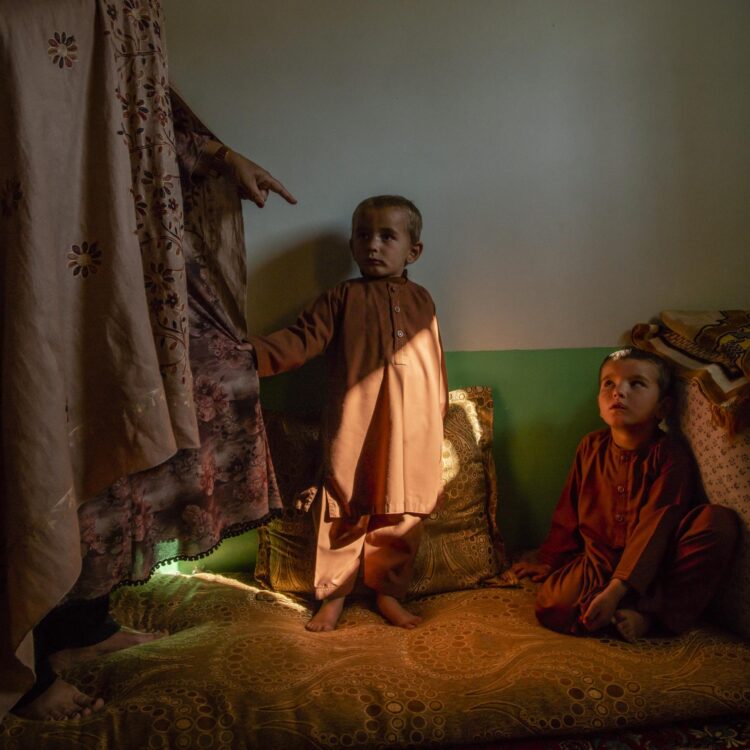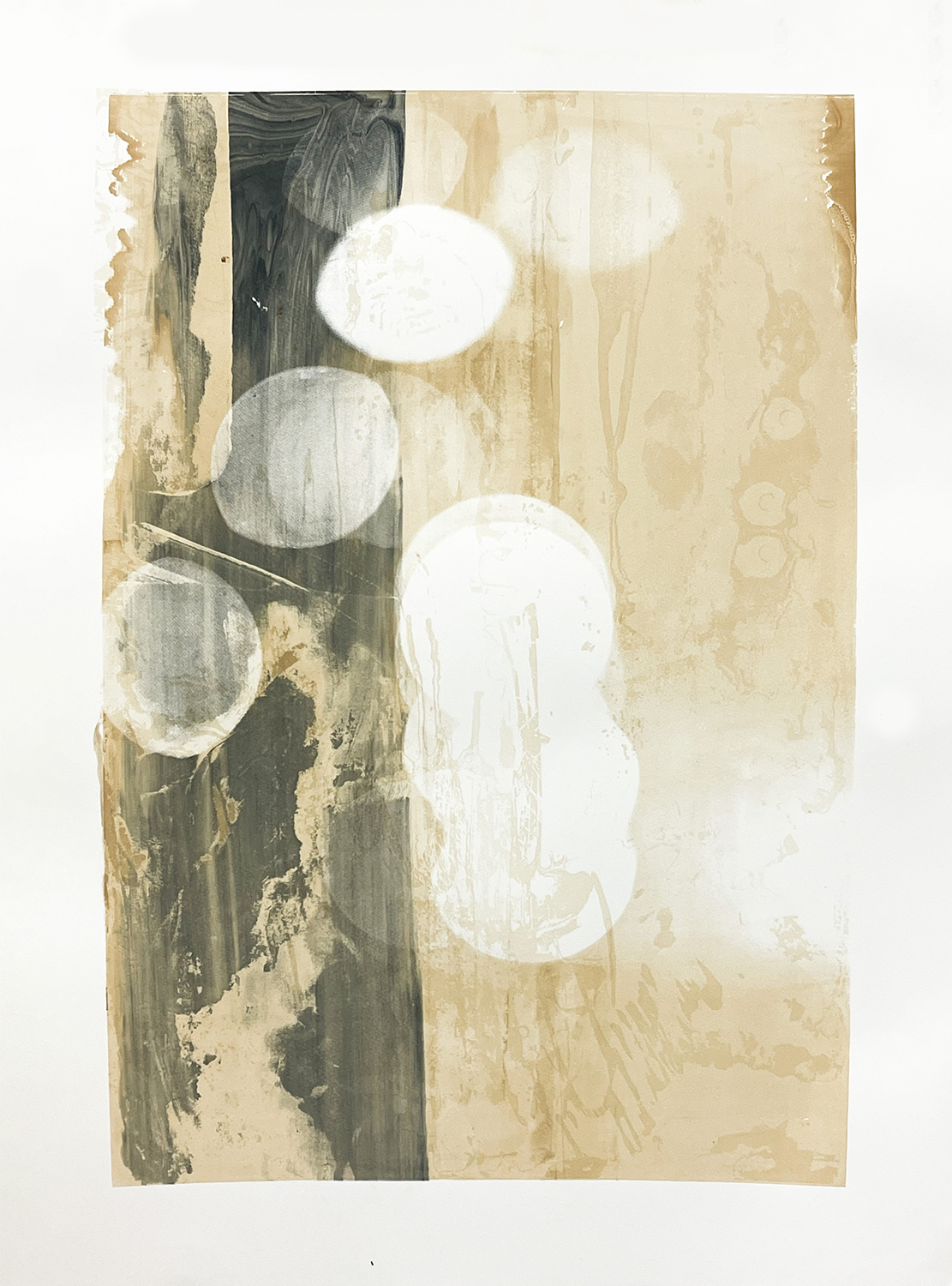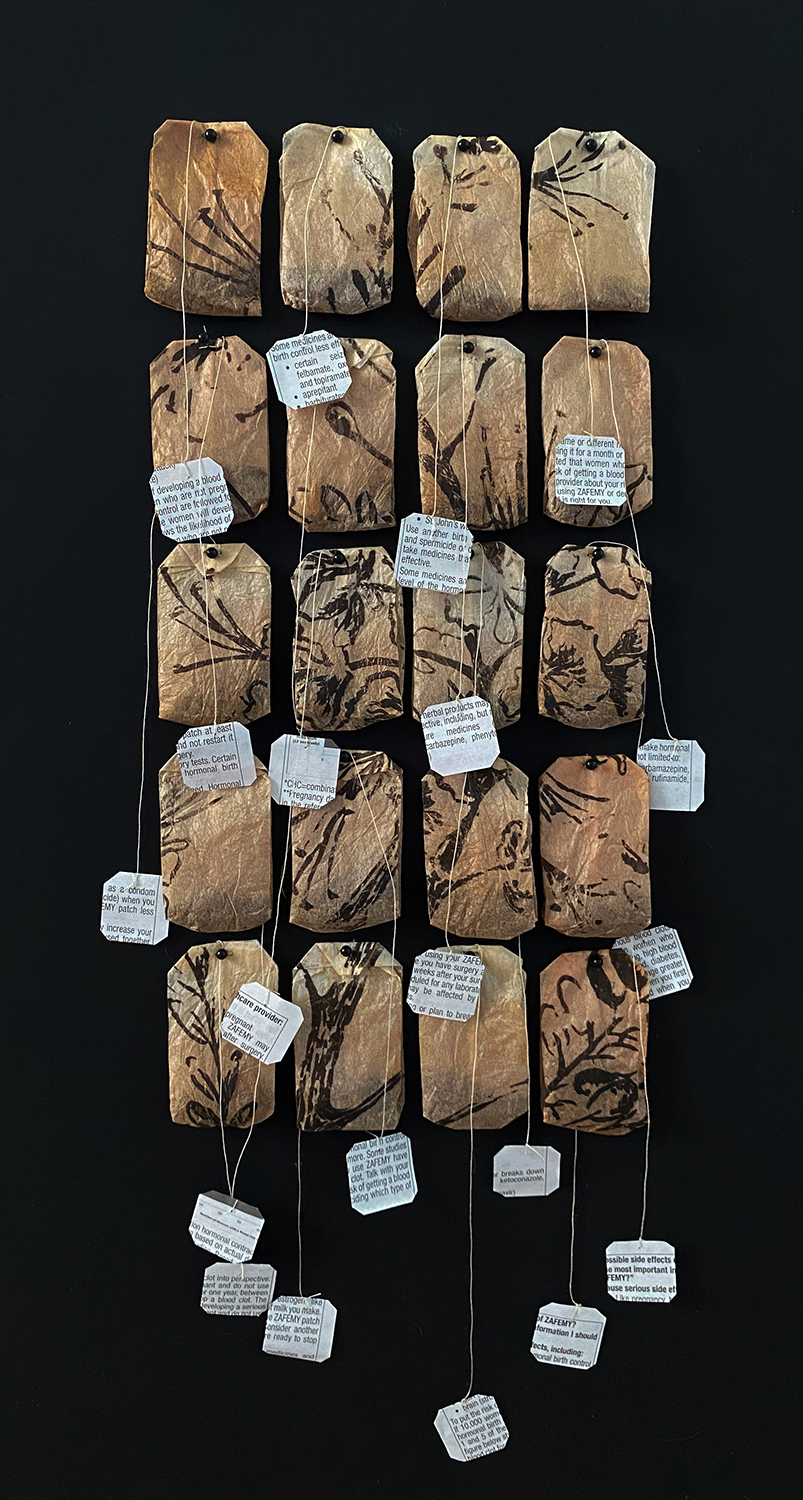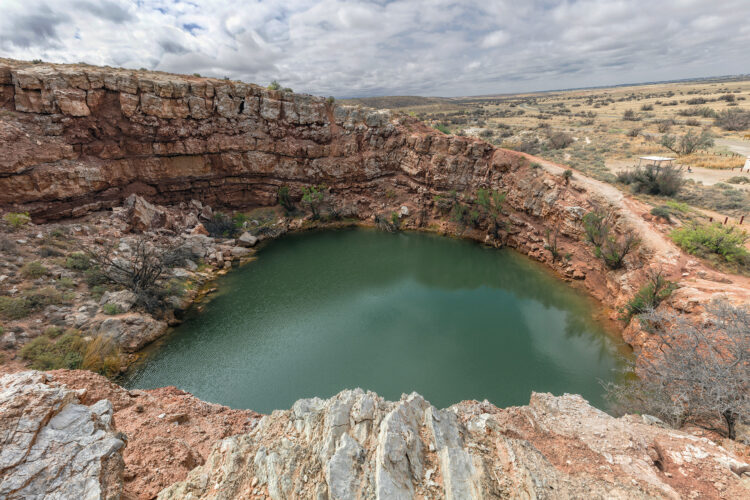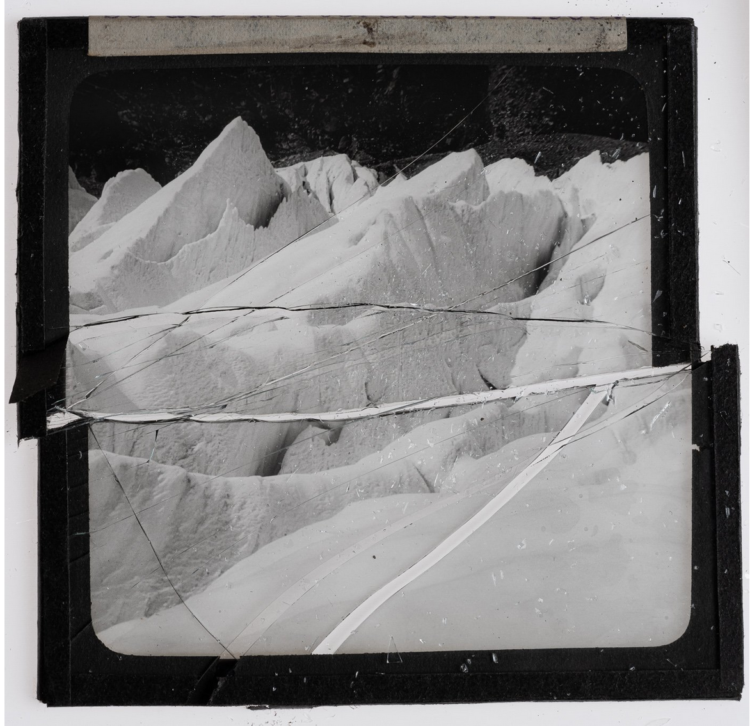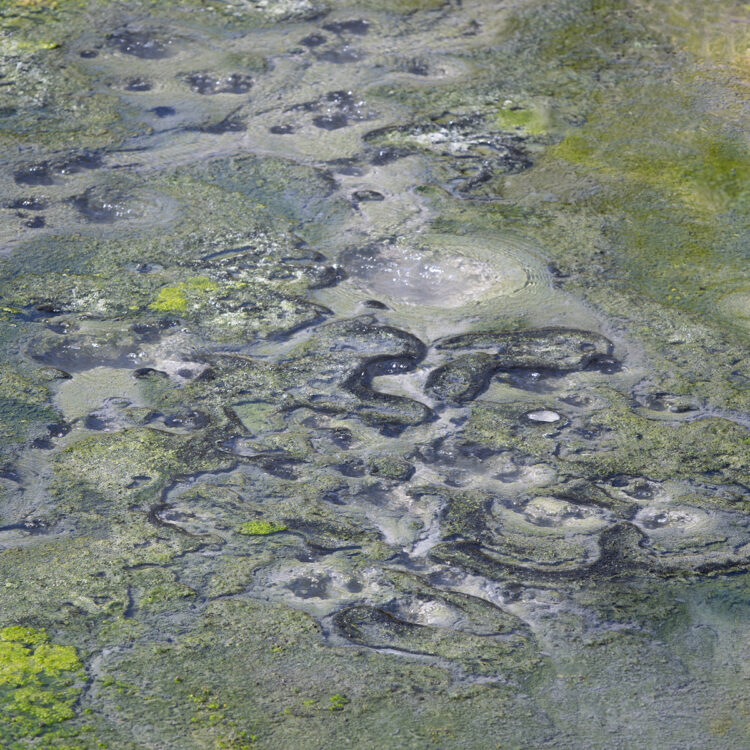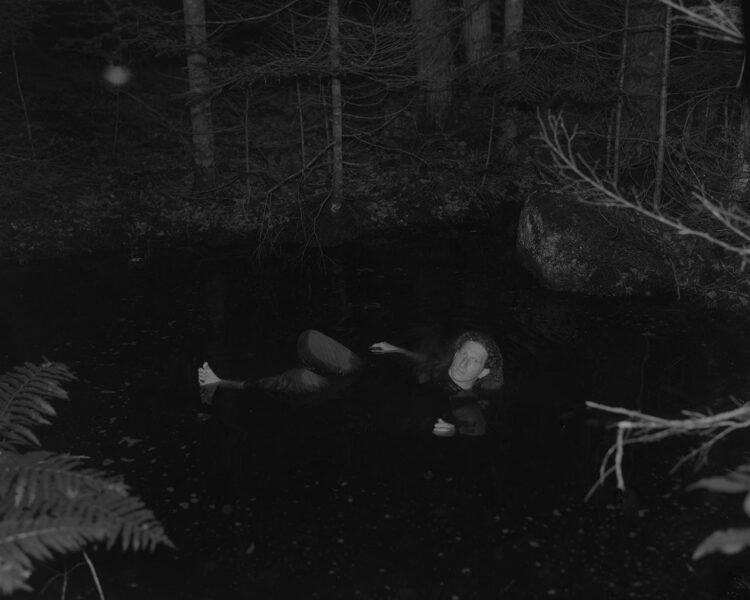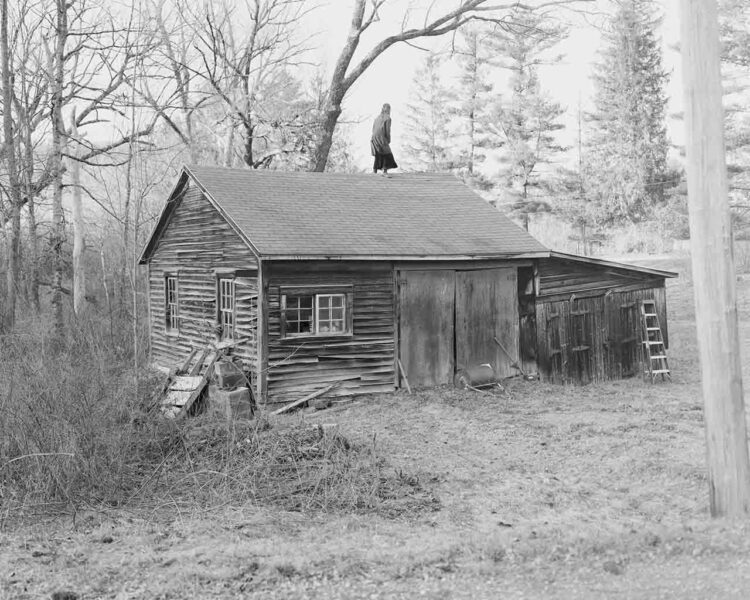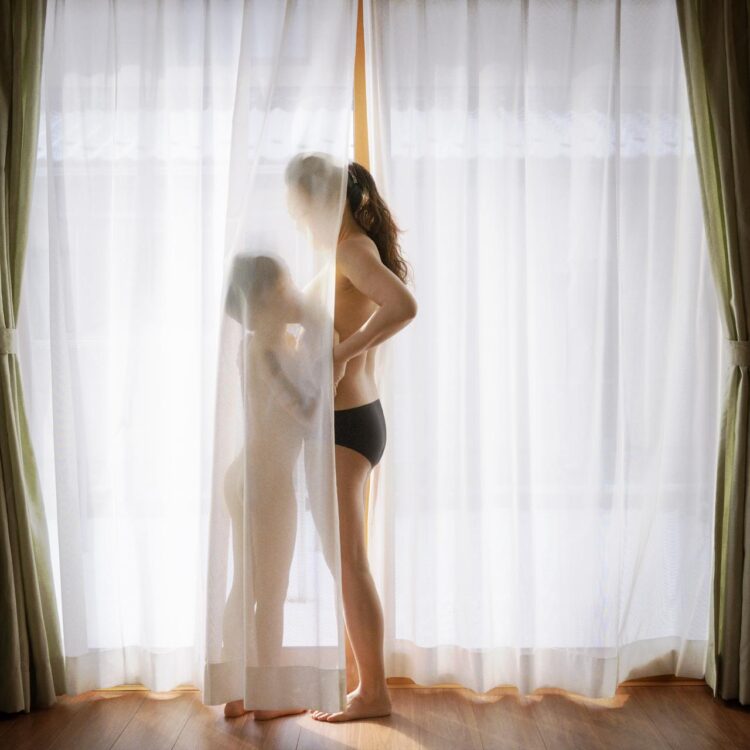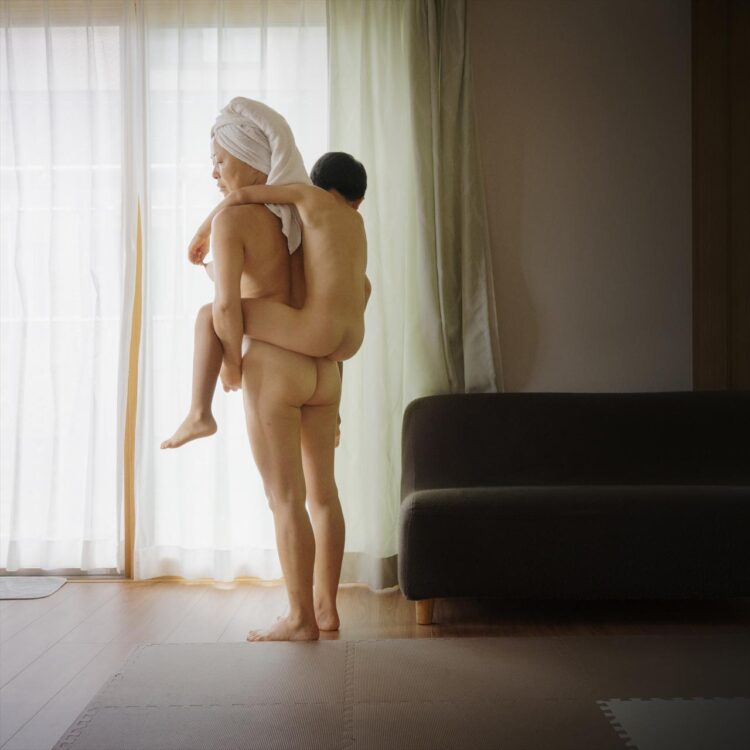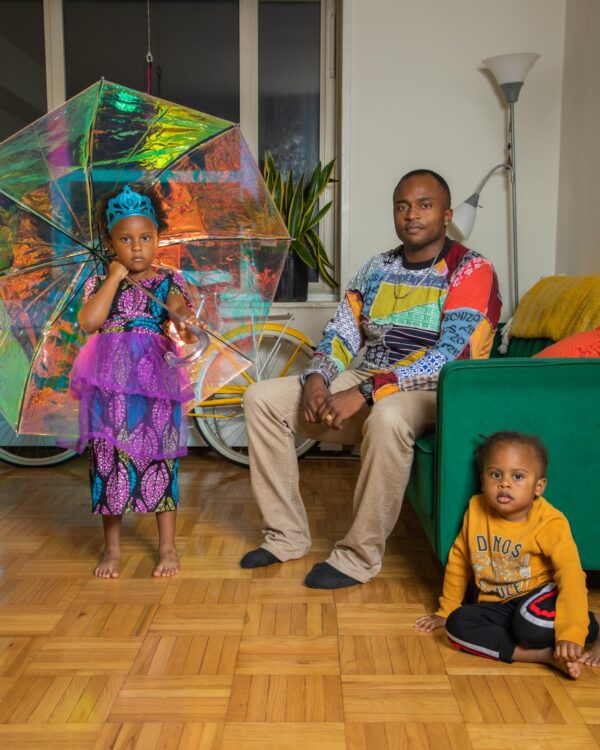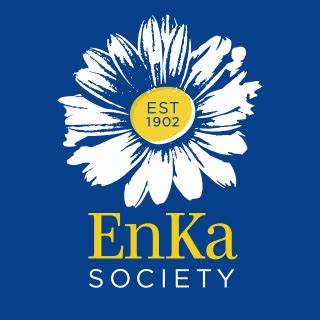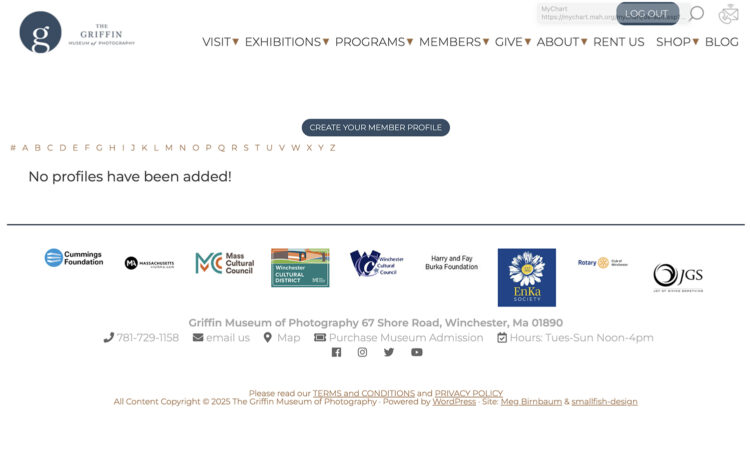Arthur Griffin: Winter in Winchester
The Griffin Virtual Gallery – November 9 – December 31, 2023
Happy winter from the Griffin! In honor of the holiday season (and our upcoming Winter Solstice exhibition), we’ve put together this online exhibition spotlighting some of our founder, Arthur Griffin’s works shot in Winchester during the wintertime. Please (virtually) put your hands together for: Winter in Winchester.
Named after the Black Horse Tavern (that still exists today), the town we now know and love as Winchester started its humble origins as the Black Horse Village, emerging around the Converse Mill Pond. William Parsons Winchester, for whom the town was named, never actually stepped foot in his geological namesake, for he passed away before its incorporation as a town in 1850. Arthur Griffin, the namesake of our museum, on the other hand, had the pleasure of calling Winchester home from 1903 to 2001.
Since its incorporation, Winchester has grown substantially both in population and in tradition. From the Epiphany’s annual Christmas Fair to Midnight Madness to the Winchester holiday tree lighting celebration to ice boating (depicted in Griffin’s works below), Winchester is full of winter traditions for all to enjoy.
A winter tradition we hold dear to our hearts at the Griffin is the Winter Solstice Exhibition. This is an annual event where members can submit their own images to be displayed at the museum! (Click here for more information).
Combining some of Arthur’s works, Winter in Winchester captures the history, tradition, and charm of the town. To view more of Arthur Griffin’s works, explore his digital archive here, and in the meantime, take a scroll through past winters in Winchester as you await for this year’s to befall.
Written and researched By: Candy Li, Fall intern 2023
